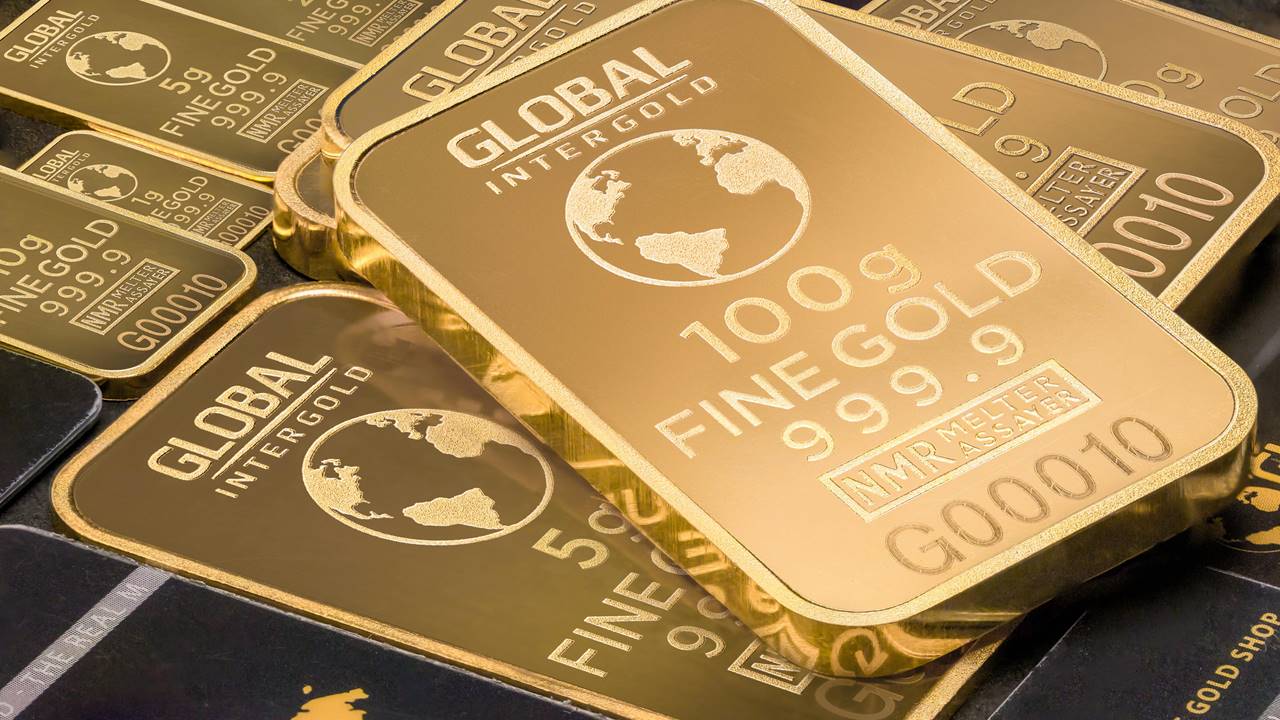Gold, often referred to as the “king of metals,” has witnessed a tumultuous journey in terms of prices over the past century. Renowned for its intrinsic value, beauty, and historical significance, gold has been a beacon for investors seeking stability in times of economic uncertainty. However, its value has not been immune to the ebb and flow of global economic dynamics. This article delves into the fascinating rollercoaster ride of gold prices, exploring the factors that have led to significant fluctuations, both upward and downward, in the precious metal’s value.
The highest price for gold in history was reached on August 7, 2020, when it surpassed $2,074 per ounce. This remarkable milestone was primarily driven by a combination of factors, including the economic uncertainty caused by the COVID-19 pandemic, low-interest rates, a weakening U.S. dollar, and increased demand for safe-haven assets. Just a short few years later, another new high was reached on May 4, 2023, when gold hit $2,080.72.
Several key factors play a pivotal role in determining the price of gold. These factors include:
Economic Conditions: The state of the global economy, inflation rates, interest rates, and overall financial stability all influence gold prices. During times of economic uncertainty or inflationary pressure, gold tends to rise in value as a safe-haven asset.
Geopolitical Events: Political instability, conflicts, and trade tensions can significantly impact gold prices. Investors often flock to gold as a safe-haven asset during times of geopolitical turmoil.
Currency Movements: The value of the U.S. dollar has an inverse relationship with gold prices. A weaker dollar typically leads to higher gold prices, as gold becomes more attractive to international investors.
Central Bank Policies: The buying and selling of gold by central banks can affect prices. Large-scale purchases or sales by central banks can have a substantial impact on the supply and demand dynamics of the gold market.
Supply and Demand: The balance between gold supply and demand, influenced by factors like mining production and jewelry consumption, plays a role in price fluctuations. Scarcity or excess supply can lead to price shifts.
Investor Sentiment: Market sentiment and speculator behavior can drive short-term price movements. Events, news, and market sentiment can lead to rapid price swings.
Technical Analysis: Traders often use technical indicators and charts to make short-term predictions about gold price movements. These include moving averages, support and resistance levels, and other technical patterns. Some algorithmic trading patterns have been created to automatically trade on technical analysis, adding to complexity in the market.
The price has experienced several large swings over the last 40-plus years. The lows of the 1970s were followed by an all-time high in 1980. Since the 2000s, gold prices have been on a general upswing, but still with relatively large fluctuations.
When looking at long-term data, it’s important to keep in mind that gold’s past performance isn’t necessarily an indication of future results. Just because gold has performed better or worse during periods in the past doesn’t guarantee that it will continue to do so. It’s also critical to consider that the specific economic and geopolitical conditions that have occurred are unique and may not play out exactly the same again, while entirely new types of events are also bound to occur.
